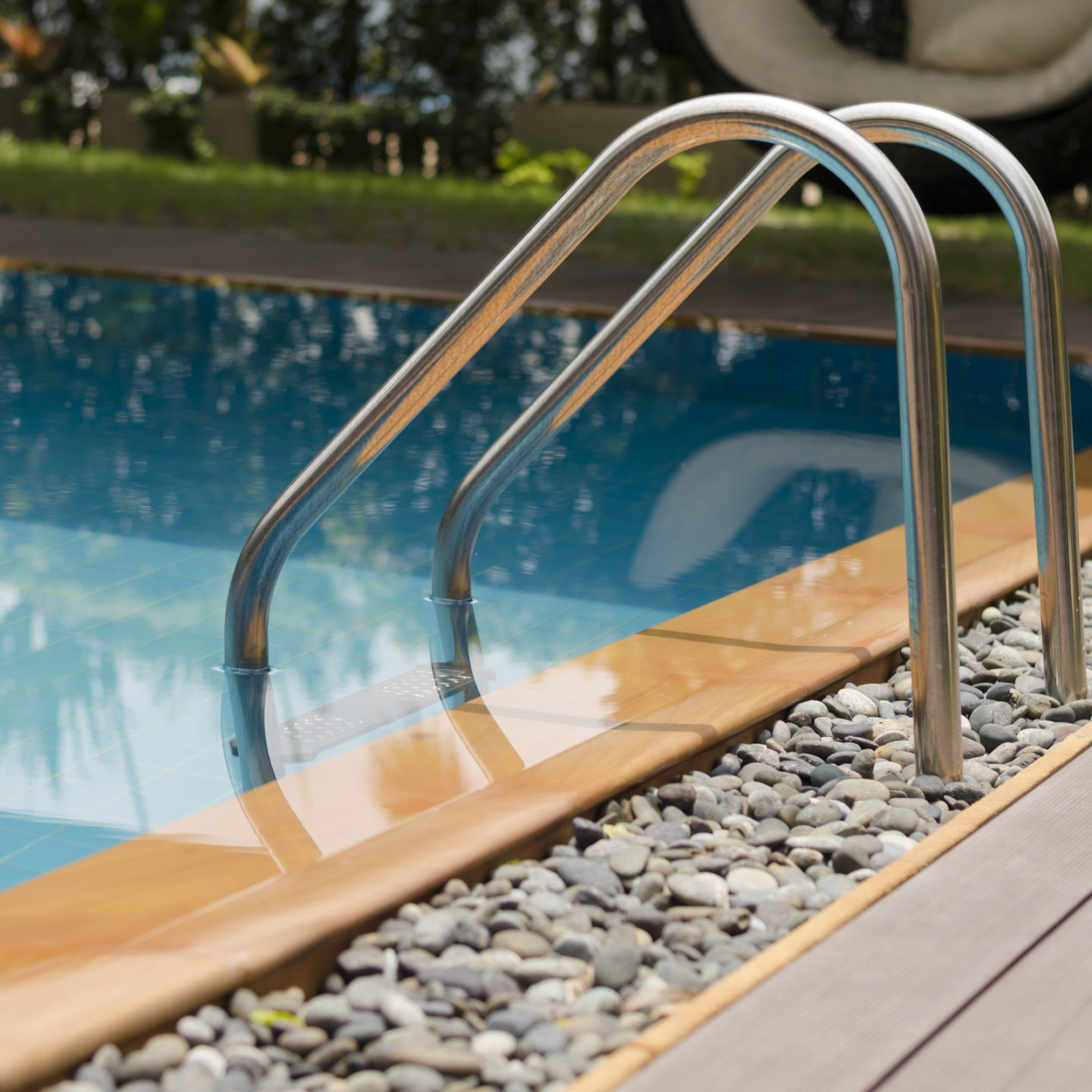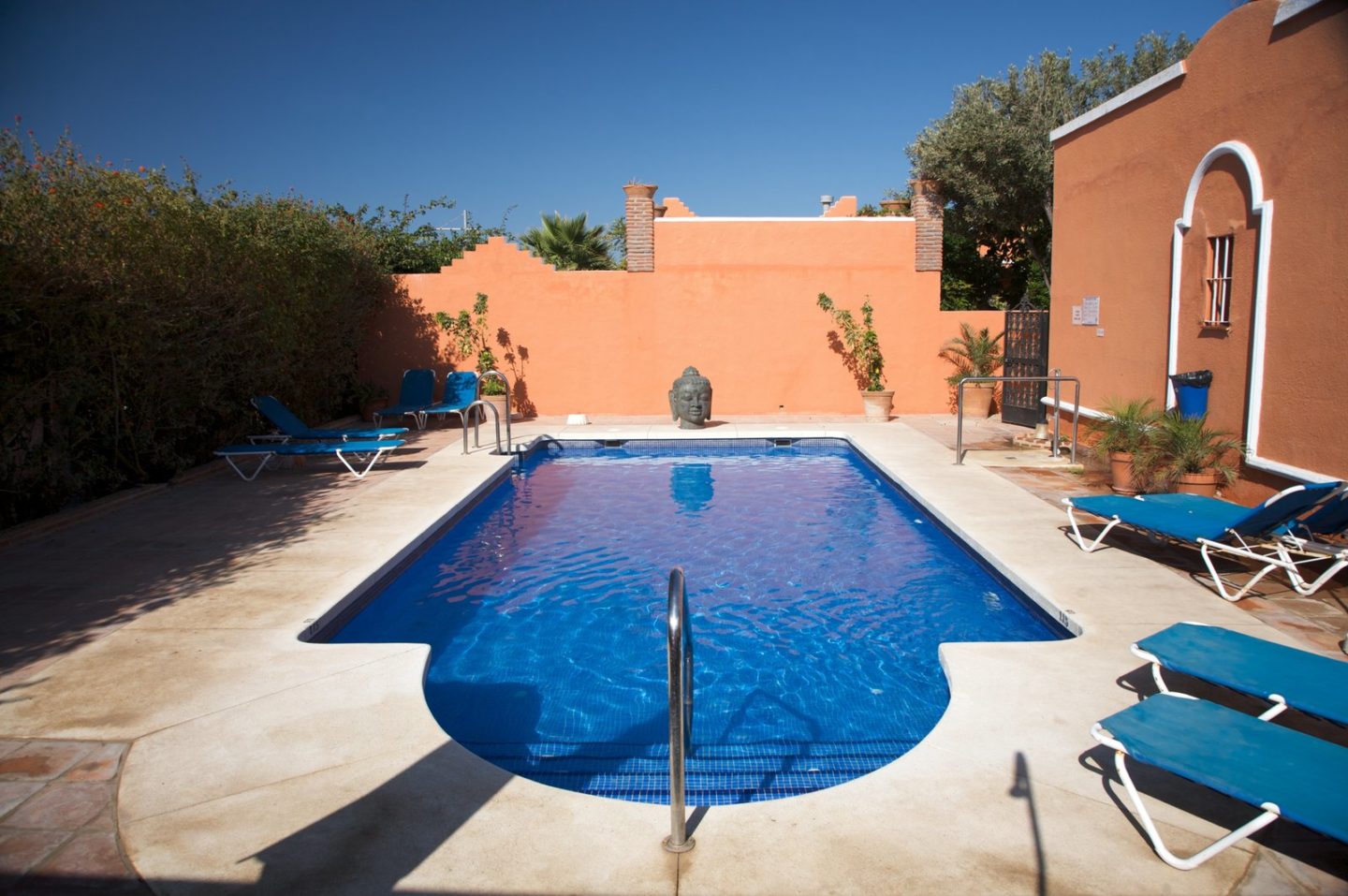Thinking of installing a pool in your home? Or perhaps you already own a pool? Something that many pool owners can underestimate is the amount of maintenance required to keep a pool hygienic and safe for swimming in.
Below is a guide to some of the maintenance tasks that every pool owner should be regularly carrying out and the types of equipment you will need.
Clean out debris
Skimming is something you should ideally do daily. This involves using a large net called a skimmer to remove any debris from the surface of the pool such as leaves, twigs and dead insects.
Don’t let these debris sink to the bottom, as they will become harder to remove. You may be able to reduce the amount of debris landing in your pool by cutting back any nearby trees or by simply using a pool cover whenever the pool is not in use.

Scrub the pool walls
Each week it can be worth scrubbing the walls of your pool to remove any sediment that may form there.
You can use a pool brush to do this – or you can buy a pool cleaning robot to do it for you. A pool vacuum can be another useful gadget worth having that can help to vacuum up all this sediment after removal along with any pool debris you may have removed.
Maintain good water chemistry
A careful balance of chemicals needs to be maintained within your pool. Chlorine, bromine, oxidisers, cyanuric acid and PH decreasers/increasers are some of the chemicals typically used.
This guide details which chemicals you should be using within your pool. Regular testing should be carried out to maintain the right levels. Occasional shock treatments are meanwhile recommended to help kill off bacteria and organisms living in your pool.

Make sure pumps and filters are working
Your pool pump should be kept running for a short period every day to keep it working efficiently. If you notice any problems with your pump, make sure to look into water pump repair as soon as possible.
Most pool pumps last between 8 and 12 years if your pool is maintained. Cartridge filters should meanwhile be cleaned once per month. Such filters are removable and can usually be sprayed down with a garden hose.
Filters can eventually stop working through wear and tear, so keep an eye out for any filtration problems so that you know when to replace them.
Know when to refinish your pool
If the walls and floor of your pool are looking cracked, flaking or discoloured, it could be time to refinish your pool surface.
Plaster and cement pools typically need to be refinished every 3 to 7 years. Fibreglass pools can last a lot longer without needing to be refinished – some can last 30 years without the surface needing to be refinished.
On top of keeping your pool presentable, refinishing your pool could help to keep the water clean by discouraging growth of algae and bacteria in cracks and crevices.

